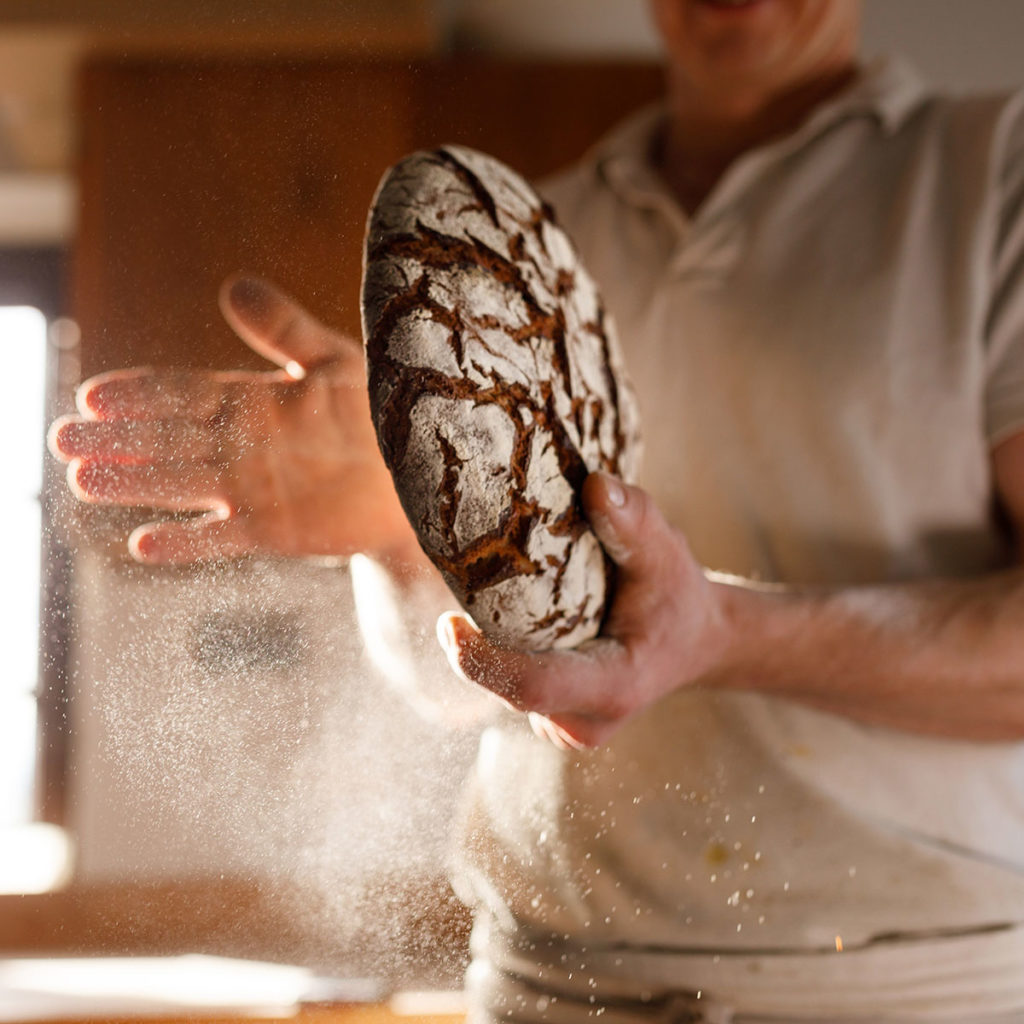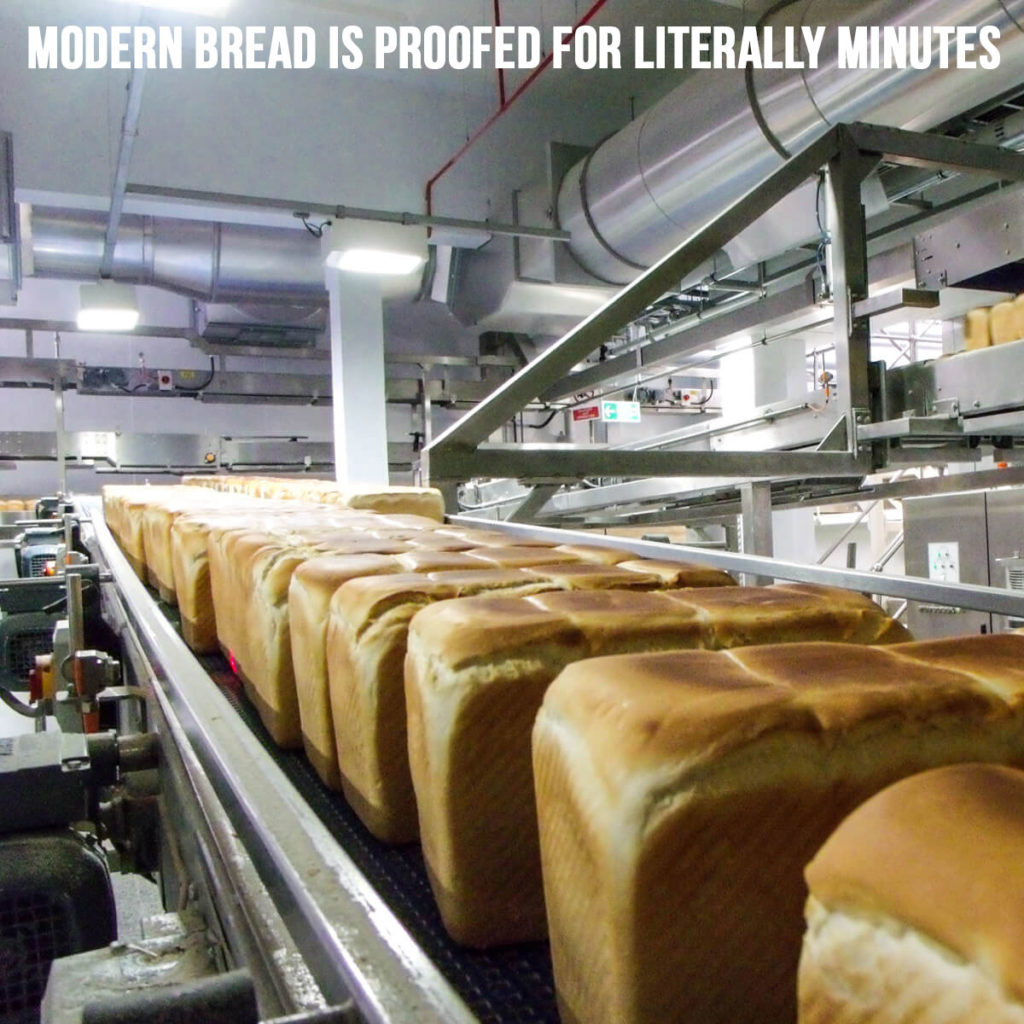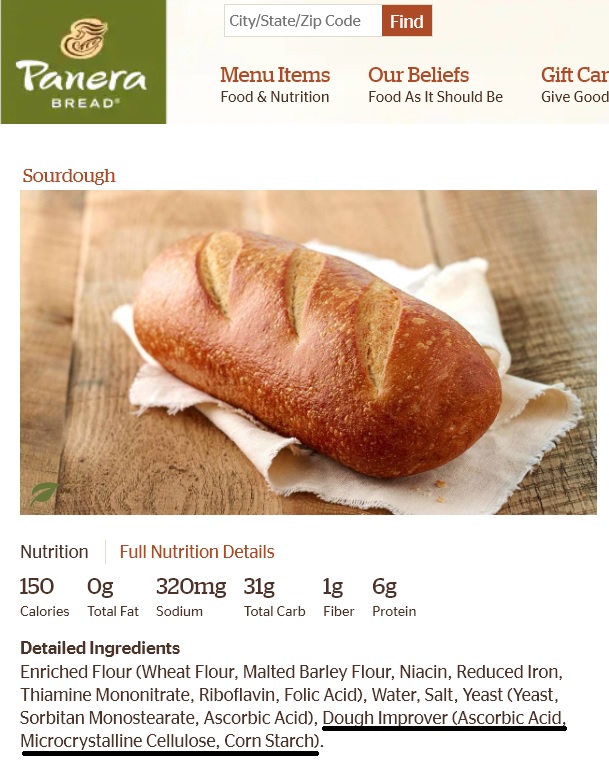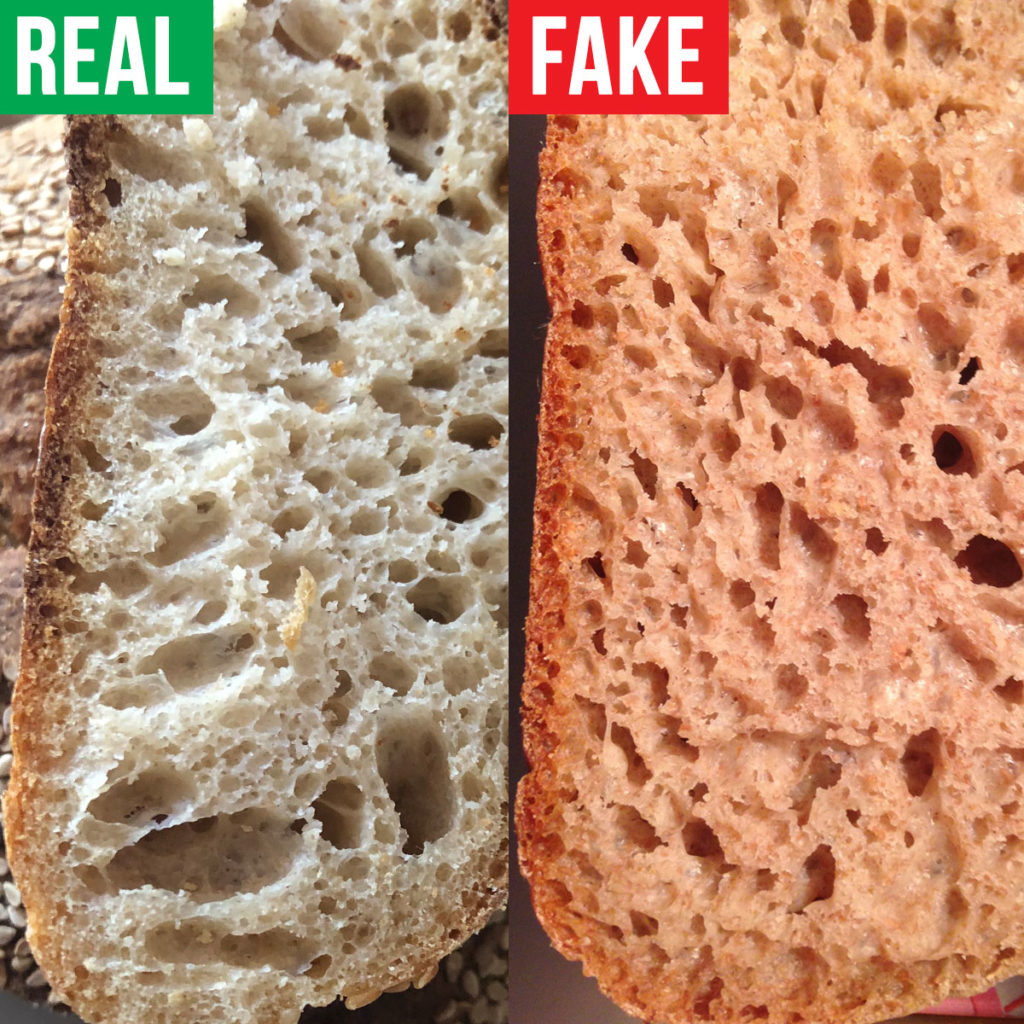For thousands of years sourdough was the only type of leavened bread people ate. This fermented bread made is with a live starter.
Sourdough is thought to have originated in Egypt around 800BC. There are hieroglyphics from that period that show the bread-making process.
For thousands of years, one of the biggest issues facing humankind was not getting enough calories to avoid starving to death. Now people are consuming far too many calories and not enough nutrition.
People are waking up to the fact that traditionally fermented bread is a lot easier on your body and more nutritious. Some people that thought they were allergic to bread can tolerate real sourdough.

Sourdough is quite simply created by mixing water and flour together and leaving it to ferment to create a starter. Sourdough is a wild ferment as it’s created with bacteria and wild yeast from the air to start the bubbly fermentation process. Effectively this bacteria is colonising the dough with the and feeding off the yeast to create lactic acid and carbon dioxide.
In 1859 Louis Pasteur managed to isolate the chemicals that were made during a ferment in order to create yeast. This was later improved in the 1940’s during world war to create a dry yeast that had a long shelf life and could be used to make bread for soldiers.
As the population of earth exploded, along with the industrial revolution, mechanical methods to produce bread quickly were invented.
With modern bread making rather than letting the dough ferment for hours, it just has a quick ferment with yeast. This makes the modern loaf of bread far more difficult to digest.
Modern mass produced bread now has next to no time to ferment as the machines use water with carbon dioxide added to create the bubbles in minutes rather than by proofing. This process is called the Chorleywood bread process and was invented in 1961.

Modern bread baking dramatically speeds up the manufacturing time, but creates a loaf that isn’t good for peoples health. That’s before you get into the issues with highly hybridised wheat, dough enrichers, preservatives and stabilisers.
The sad truth is the modern loaf of bread is harmful to health. It may be a good way to cheaply fill people up, but it’s empty calories.
In recent years sourdough has become more popular as people find it doesn’t make them unwell and has a pleasantly tangy taste. A bakery in London made headlines by selling a £20 real sourdough loaf that many were shocked by as a normal factory made loaf is 2000% cheaper.
Real sourdough is made from at most three ingredients: flour, water and salt. Traditional sourdough bread can have been left to proof for 36 hours over two sets of proofing.
The long real sourdough process adds flavour and makes the sourdough easier to digest.
This resting period for sourdough converts the gluten to digestible sugars, allowing the bread to rise naturally and be easier to digest.
Some people with IBS that can’t tolerate normal bread can eat sourdough.
As supermarkets want to cash in on the increasing demand for sourdough you can now easily find bread labelled as such in most shops. However don’t be fooled by sourfaux.
Supermarket sourdough is a world apart from traditional artisan sourdough
Fake sourdough will often have extra ingredients such as oil and preservatives and some even has yeast, thus defeating the whole point of real sourdough.
Sourdough is not a protected name so manufactures can just add a small amount of wild fermented sourdough culture and are free to label it as sourdough.
These mass-produced sourdough loaves don’t have the taste, texture or health benefits as real sourdough.
Sadly lots of sourdough in the shops is not real sourdough and doesn’t have that bread taste that you would expect.

How to identify a real sourdough loaf from sourfaux
- Ingredients should only be flour, water and maybe salt
- No sugar or sweetener
- No milk
- No yeast
- No oil
- Made with whole grains
- No corn
- No dough conditioners
- A mention of a ferment for at least 6 hours
- Some sourdough will list a starter culture, this is fine and many gluten-free varieties will have a starter that’s made from multiple grains.
- All natural ingredients
- Won’t be cheap
- Will have a short shelf life, although real sourdough will go hard rather than mouldy.
Final Words on Fake Sourdough
Don’t be fooled by a label. Lots of bread with sourdough on the packaging is nothing of the sort and has been given the nickname sourfaux.
You really do need to pay more to get real sourdough in order to get that great bread taste and health benefits.
Real sourdough is a lengthy process that can’t be rushed. Supermarkets often offer an inferior product that has a longer shelf life and can be made quickly by cutting essential corners.
What brands of sourdough do you buy that are the genuine thing? Let me know in the comments below along with anything else related to sourdough.


Hi… I have IBS and did not eat bread for years since I was sick when eating it.
In the last year I have been making my own Sourdough Bread. My journey began by creating my Sourdough Starter. It took a week or so and then it was ready to make sourdough bread. After a few trial and error at making my own bread, I finally got it right. The bread is tasty and to my surprise, I do not get sick eating it.
Everytime I make bread, I am happy and feel good about doing something for my health.
I keep on feeding my Starter as it is a precious thing to have, to keep and to share.
Rachel
Interesting article but one other thing to consider is the practice of spraying the entire wheat crop with roundup to one kill weeds the other to force the wheat plant into finishing maturation of the grain so they can control when its harvest time and maximise crop yield.
It’s a little bit misleading. Real sourdough bread may have oil, sugar, and milk in it. The difference is whether you use a sourdough starter or commercial yeast. I’ve been baking sourdough bread for a couple of years now, only using my starter. My recipe calls for a little of olive oil and blackstrap molasses. So in this case, you wouldn’t call my bread a real sourdough one?
Hi there, it’s a grey area. I wouldn’t call it a traditional sourdough recipe as it does have more than the three ingredients I’d expect to see. But I’d still consider it sourdough.
This article is more about the commercial sourdough makers, who add a tiny bit of sourdough starter to be able to call it sourdough and still use yeast and additives that bog standard bread contains. It’s a trick to cash in on sourdough and is misleading.
Great article. I knew that the Chorleywood system of making bread, made it quickly but also made it harder to digest.
I hadn’t realised that sourdough bread was so adulterated too.
Guess like most food it’s better to make your own! No other way to know exactly what you are eating.
Thank you
Hi do you have a recipe for sour dough whole grain bread?
The sourdough that seems ok with my severe IBS is from Mediterra Bake House in Coolidge, AZ. AJ’s Fine Foods in Mesa, AZ has their sourdough round for sure. Unbleached, unbromated wheat flour and water, whole wheat (a little in the starter they said/so mainly a white flour bread), sea salt and organic cornmeal (on the bottom of the round). Tangy and chewy. A 1 1/2 lb. loaf for $5+. Not a bad price, especially for upscale AJ’s Grocer.